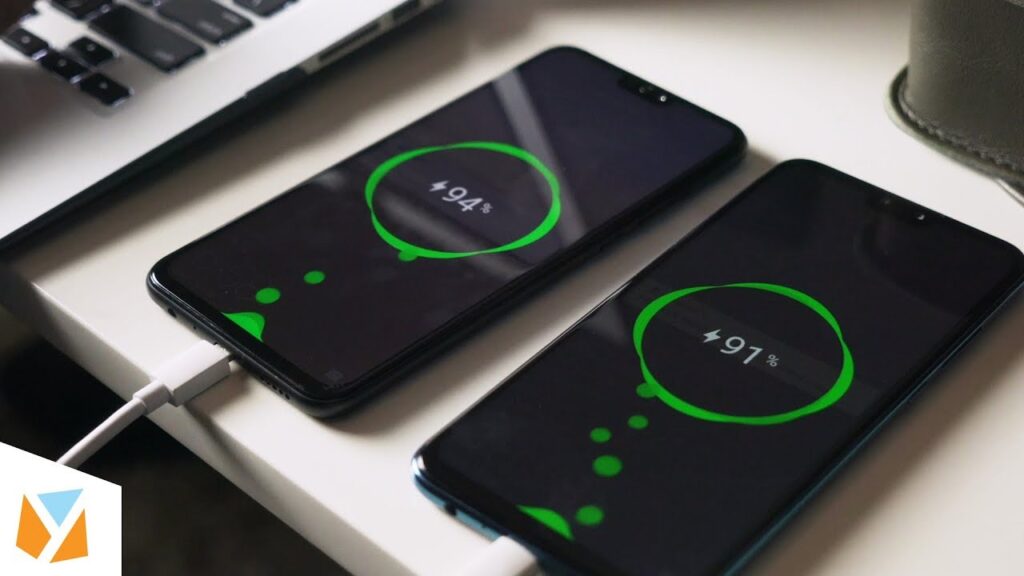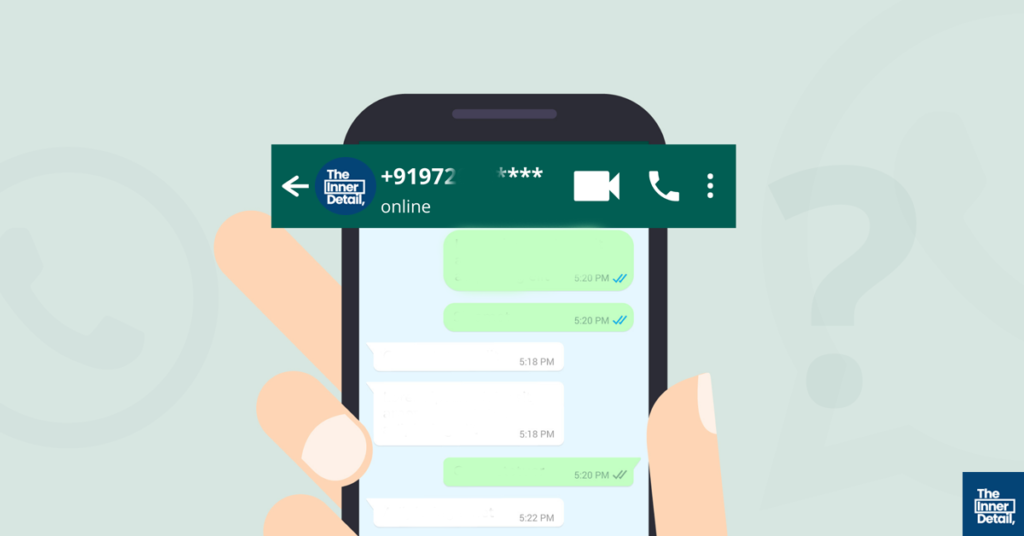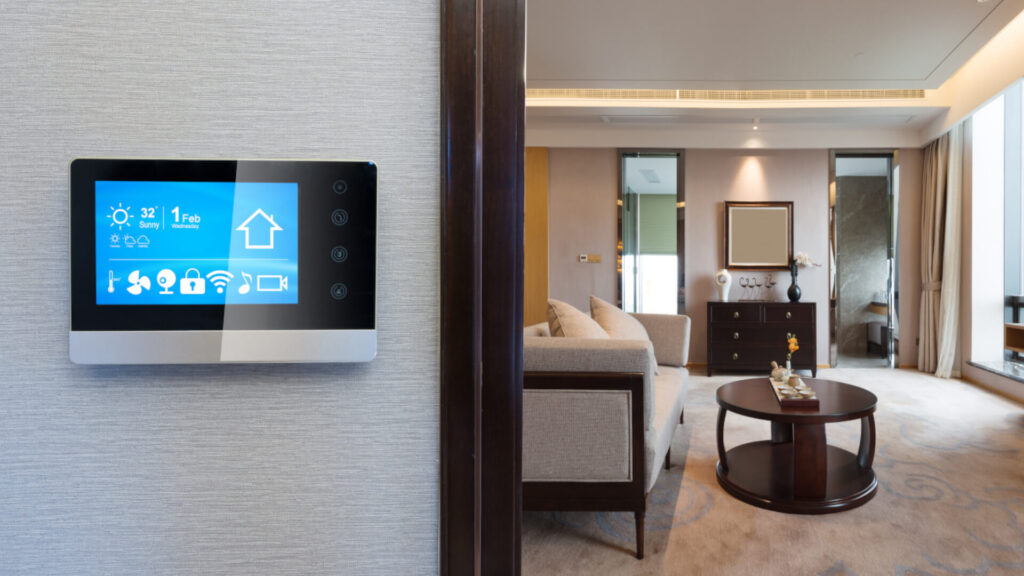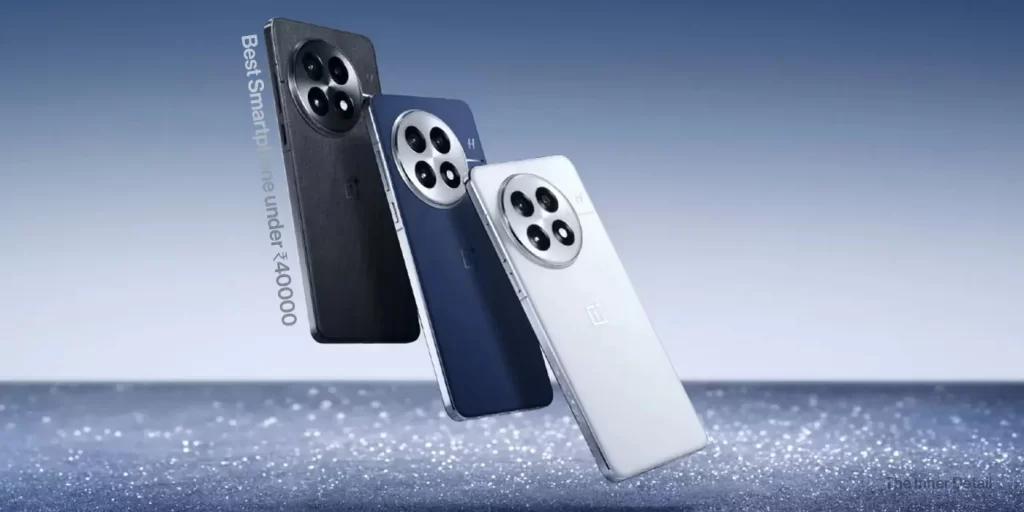As owning a smartphone has become a necessity now, it’s also important to take good care of it, especially its battery life. That’s why we had converged the best ways to save your smartphone battery life to last longer.
Though we make ourselves to focus our energy to productive stuffs in day-to-day life, there maybe hindrances hitting us, draining our energy unknowingly. That’s why wealthiest people often praise the habit of ‘Saying No’. The same happens in tech gadgets too, especially in Smartphones. A collective applications and features of smartphones gradually suck up battery resulting in ‘low battery’, within few hours at worst cases.
Albeit, there are effective methods that lets you save your Smartphone battery life to last longer and habits that you must be cautious of while handling your smartphones for a better battery-life – which is what the below content explains.
Tips to make the Smartphone Battery to Last Longer
Having a Dark Display & Theme
Bright wallpapers and themes consume more amount of power than the dark themes and wallpapers. You can change the wallpaper & themes in the ‘Display’ tab in Settings.
It would be better to opt for ‘Dark mode’, if your handset provisions that. Though, it is not much effective all of a sudden, keeping your mobile screen dark saves considerable power.
You can also schedule for a ‘dark mode’ or ‘bedroom mode’ when you want the feature to be active only during a particular time frame.
Reducing Screen Brightness
Reducing your smartphone’s screen brightness can help extend your battery life significantly, especially for devices with larger and sharper screens (that is, with more pixels). The only time you probably need your phone at 100 percent brightness is outdoors, midday, when the sun is at its brightest.
A recent study by Google showed that Google Pixel drew 63% less energy in Night Mode & study by Apple revealed that Dark mode extends the battery life to 30%.
Adaptive brightness available in certain smartphones serve as the better option here, in handling your screen brightness to the required level, thus saving your battery too.
Do note that this only applies to newer phones with OLED screens. That’s because unlike LCD and LED displays, every pixel in an OLED screen is individually illuminated. Black pixels on an OLED screen draw no power at all, and less power for darker colours. By contrast, LED and LCD screens use the same amount of power whether they show a full black or white image.
Limit the Background Usage of Apps
Except your frequently using apps, all other apps behave as leeches, waking up your phone to download content, sending you notifications on intervals, tethering to your network – which as in whole draws up battery consequently. Make sure your smartphone apps are limited to background usage, atleast the apps you use occasionally. This saves much of your battery life.
On Samsung models, you can adjust the background usage of apps by heading to
Settings > Battery and Device care > Battery > Background Usage Limits and then choosing the apps that should be turned off. On other android phones, it’s reachable as ‘Force Stop’ from Settings > Battery.
Certain smartphone models offer ‘Smart-Battery Mode’ wherein all the background activities of the apps are halted, letting you to save a little of energy.
Avoid Streaming Apps while Commute
On occasions of travelling, you may depend on Google Maps for road maps, Spotify for music and other streaming apps for entertainment, which altogether could largely drain your battery to the maximum. Therefore, it’s suggestable to pre-download the maps, playlists, podcasts and movies over Wi-Fi before you plan for a trip. This significantly saves your battery.
Don’t Close All Apps in Recent Tab
We often tend to close all the apps in the recent tab, intending to save our RAM and battery life. Yet, it’s preferable to close only the apps which you infrequently open at random triggers. Closing an app in the recent tab, and opening it again consumes much power than returning to the app that’s already running in the background.
So, avoid closing the apps which you use often.
Turn off WiFi, BlueTooth, Mobile Data, NFC when not in Use
This is something basic, that not using the features saves the energy that could be used by those features.
One common drain on battery life is leaving your phone’s WiFi or Bluetooth on while they’re not in use as they do drain your battery scanning for networks or devices to connect to.
Related Posts
Realistically speaking, if you’re just moving from one place with WiFi to another, like going from your home to the office, it’s probably not a big deal if you don’t disable your phones WiFi. But if you’re spending a whole day out and not planning to use your WiFi at all, you should probably turn it off to save some battery life.
Take Good Care of your Battery for a Healthy Battery-Life
Avoid Charging till 100 and draining to 0!
It might be satisfying for you to unplug your phone at 100%, but not for the battery. Charging your phone fully stresses the Li-ion batteries due to high voltage. Optimum level of charging is around 80% to 85%; unplug the charger after. On the other hand, draining your battery to zero also weakens the battery; Plug it at 20%. So, based on studies and reports, 20% – 80% of charging is the healthy way of charging your handset.
Keep your Smartphone Cool
Avoid situations where your phone can overheat, especially when your battery is fully charged. Your battery drains much faster when it’s hot, even when not in use. This kind of drain can damage your battery.
Use Original Power-Adaptor
Power-adaptors are also quite vital for a healthy battery. Purchasing a local-brand charger to save the cost ultimately worsen your smartphone’s battery. Indeed, ensure that you use charger of the corresponding smartphone model, as each model may differ at output voltage and current of delivering the power.






